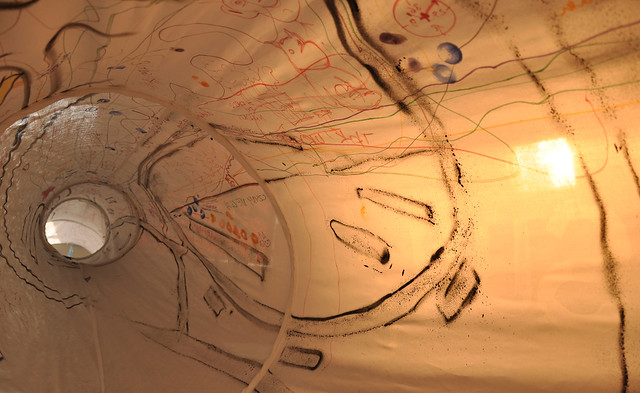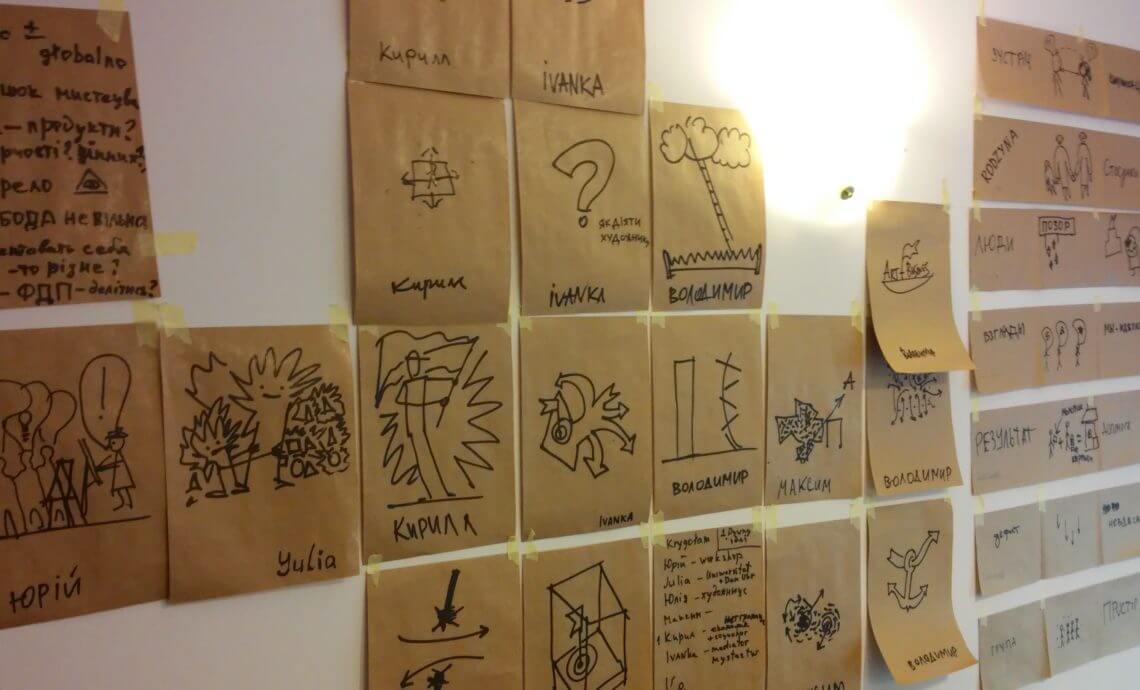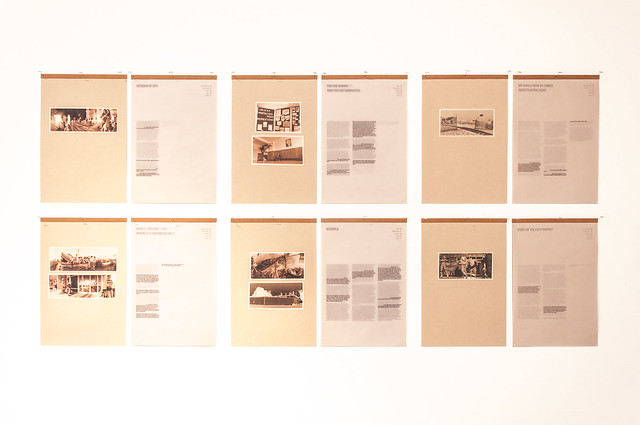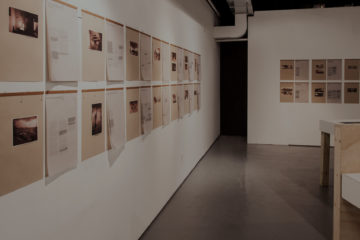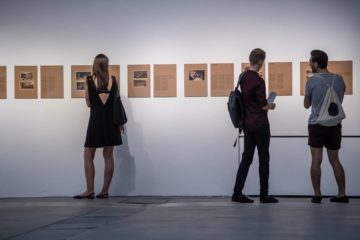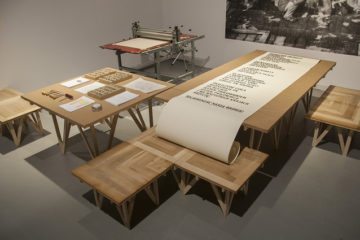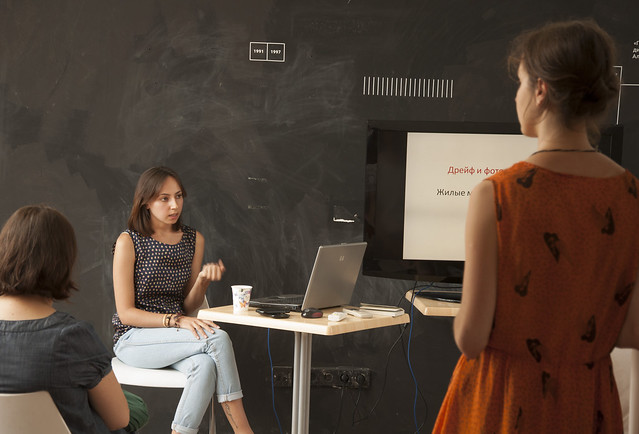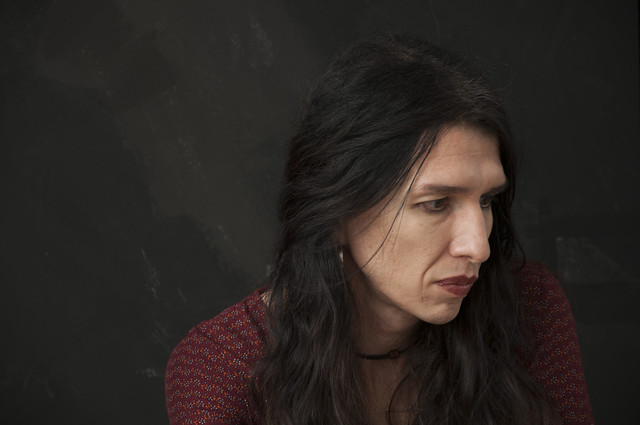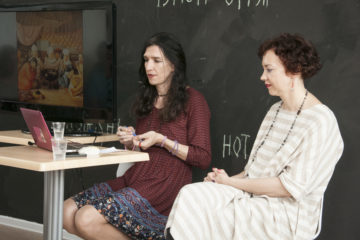I have met radical feminists through Michelle Southerland, when she gathered women for collaboration. It was an intuitive process, like love at first sight. It’s like soul mates – you see a person and already realize: you understand each other, love each other, and need each other. If you say to a man when you just met: “I love you, I need you, I understand you,” the man says: “Oh, shit, oh-oh!” A woman looks at you with absolutely the same trust and says: “I love you too, I understand you too, I need you too” – and we hug each other! And so it was with Michelle. We exchanged a few words, she said that she was organizing protests, helping women, and going on a women’s march at the end of the week. I told her that I wanted to do something important in my life, that I was already forty years old and I want to help women organize protests, and I asked how I can help ? Michelle said that she always needed help, and invited me to come to the event. I attended few events where I met soul mates literally one after another.
There are a lot of female art groups, but there’s no place for me there either. The difference is that precisely this art group is a spiritual one. We have no plan in Radical Matriarchy, but we have an ideology that we grow together. The members of Radical Matriarchy are not just artists — they are women who believe in soul relationship, in emotional intelligence, in mysticism. Every other says that she is a spiritual healer, an energy worker. Michelle calls herself a sister Leona. I worked with icons for seven years and also thought that I was a nun. Recently, I suddenly understood what we are really doing: we are creating art to revive the goddess. We create the goddess. We call each other goddesses.
I was joking that after my project with icons I became an atheist, I stopped believing in God and started believing in Goddess. We don’t need God anymore, but Goddess should exist. Let me explain the main difference from god and goddess, as I see it now. The mythology of God is that: he created man in his own image. Goddess does not exist here, and we make and create the goddess now, in our image. This is called responsibility, creative responsibility. When you take responsibility for your creation, you take responsibility for yourself. We all understand that if the Goddess is to be love – we must be love, if we want her to heal – we must heal, if a goddess will create, we must create. And for me this is a very important distinction for our world: why there should be a goddess, and not a god. Because we need to create this deity and not think that it has created us. God does not have an author, and therefore he does what he wants.
Therefore, women in Radical Matriarchy take responsibility by creating the goddess in their image. Women in their history very often and intensely competed with each other, because they were dependent. We depended on men: it was important that they feed us, marry us, and feed our children. We competed and were jealous of each other. Women oppress each other. They degrade each other emotionally and intellectually. They tell to each other: you have ugly body, horrible hair, not trendy clothes. We often do this, we all do this, and I was doing the same at some point. And all of us were criticized. Radical Matriarchy is an experiment. The goal is to see what happens if women would invest the same extreme energy in supporting each other, accepting each other and understanding each other. What if we support each other with the same sincere emotion? I must say it really works. I come out of these meetings and I feel love in my heart. I love myself and I love all other women in the world.
It is not a simple thing to invent a goddess. It does not mean merely to draw a creature with breasts. It is important to understand what a feminine divine is, what is her sexuality is and how it meets the concept of the divine. Women from Radical Matriarchy want to stop the sexualization of the female body. We must look at the woman as a person first off all.
Transgender is a future of humanity. But before it happens, we need make one of our genders equally respected. Because if I were asked whether I wish to become a man, I would say: “Yes, of course.” To live as a woman in this world, is uncomfortable for me. For all of my life, I wanted to be a man. From the age of ten I had a main dream – to become a man. Because I immediately saw: the boys do what they want, and the girls clean the apartment, the boys play, and the girls cook dinner. So, how could we merge the genders if one of the genders is degraded? We will not combine two genders, but simply remove one of them. To put them together on an equal footing, it is necessary to raise a woman to the level of a person in everyone’s perception.
Sexualization of the body is a complicated thing. We need to eliminate this ideology when a woman is recognized only as an object for sex. Recently we had the “Me Too” movement (in social media it became popular in October 2017 – OP), each woman who was raped wrote about it on Facebook. It was a wave of trauma. It was the first time when women start to tell their stories openly, in social media. Before that, we did not even realize how many women were sexually abused. We don’t work with female trauma, we were simply afraid to demonstrate our traumas to the people around us, that is a problem. Women need a space where they could express their traumatic stories, and only then we can realize how to move further. The movements such as “Me Too” are just like a flash, which is turned on for a second, and you see what is around you. Yes, you can start doing art, you can start to make changes, but what was before, what is the starting point? We did not even begin to deal with a female trauma, because the flashlight turned on only for a second.


